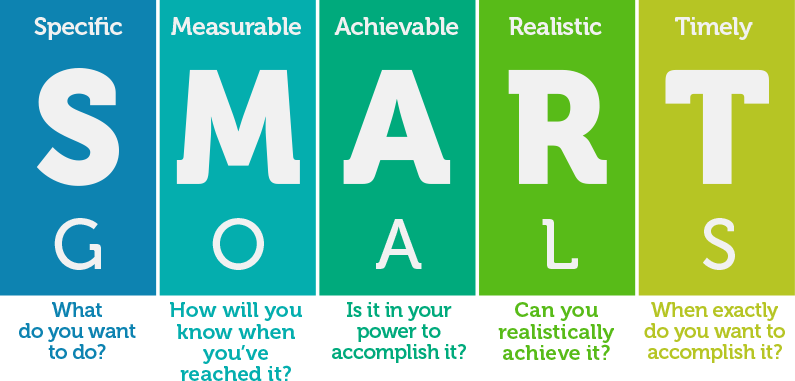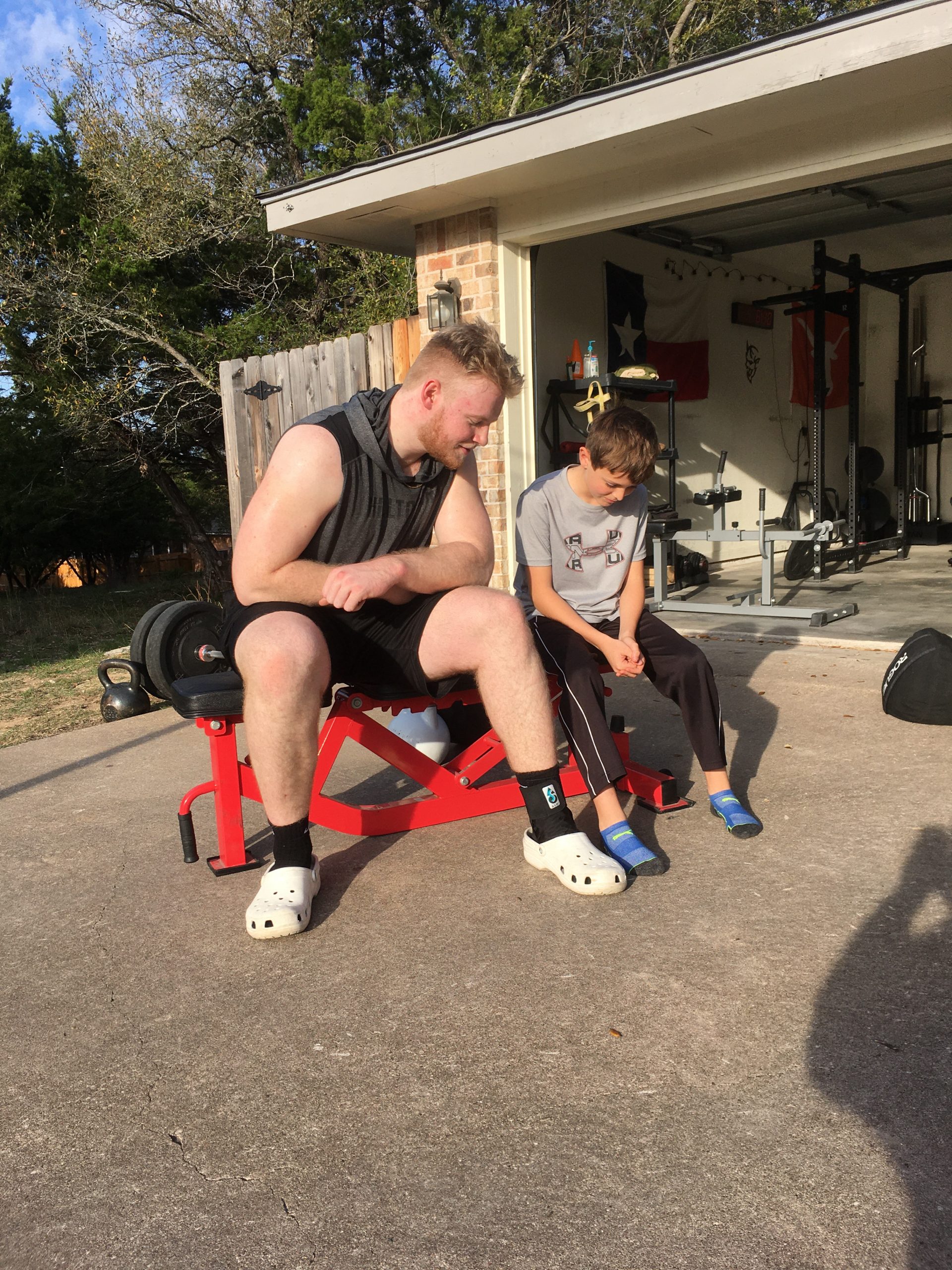5 Off Season Training Tips For High School Football Players
Championships are won in the off-season.
Whether it’s bodybuilding, diving or high school football.
If you’re reading this, I assume you are a high school football player, the parent of a high school football player or the Coach of high school football players. There’s nothing like getting bigger, faster and stronger from year to year in high school. If you want to maximize your off-season, here is what I recommend that you do.
1) Rest
Take a week or two off for complete rest and recovery to occur. Mental rest as well as physical rest. Take an entire week off during Spring Break and just rest. Sleep in, take naps and enjoy your favorite activities. If you normally log your food (and you should if you’re serious), take a week off from that, too. Forget working out and exercise unless you absolutely just can’t help yourself and in that case, take it easy. Go to the movies, hang out and catch up with friends. Get 8+ hours of sleep a day. Let your body heal and your mind refresh. Use a golf ball, rumble roller, etc for massage therapy. Stretch every day for 5-10 minutes. A tight muscle is a weak muscle. You’ll feel better and perform better.
2) Set goals
After a week or two of rest, if you’re a competitive athlete who wants to excel, it’s time to set goals. Big ones. Here’s an example. When one of my clients was a high school junior, he was named 1st team all-district linebacker in 5a high school football. Once I found out, I texted him to congratulate him and he immediately texted me back with “Thanks! Defensive MVP next year.”
And guess who won 2017 Defensive MVP?
He did.
I recently asked him how he has benefited the most from my strength and performance program. His answer was “mindset”. We train hard and heavy and we fill in the gaps with lots of mindset talk. This athlete (Keegan Nichols) has gone on to play football in college and has already racked up numerous awards as a sophomore.
- Student/Athlete Of The Week
- D3 Football Team Of The Week (Nationwide) – Week 5
- D3 Football Team Of The Week (Nationwide) – Week 2
- D3football.com 2019 All-South Region Team – Second Team Offense
He’s only a sophomore and the only sophomore nationwide to garner this achievement for Defense. Excluding the punter.
3) Plan
I was talking with one of my athletes yesterday. He mentioned that he was frustrated that his Bench Press and his Barbell Squat have not gone up much recently. He’s a sophomore, his Bench Press is currently 255lbs and his Barbell Squat is currently 315lbs. He made A LOT of progress last Spring and Summer but then started to fall off in the Fall.
Why?
I said, “Let’s take a closer look”. I went through his attendance for our workouts right then and there and discovered that he had only attended 7/19 workouts from 12/7/19 – 2/11/20.
That’s a 36% attendance record. That’s an ‘F”. You won’t optimize potential with that type of attendance. Once he realized this, he recommitted himself to improving his attendance and formulating a plan that would enable him to make progress.
Assess your current situation and then PLAN.
Set short term and long term goals. An example of a short term goal would be a “consistency challenge” with our nutrition logging. The winner(s) will be whomever correctly logs their food most consistently over the course of 30 days. The reward for the winner(s) is a shirt.

My high school athletes and I currently have a longer-term 2020 Spring Lift Challenge. We’ve decided on 3 basic exercises in which to increase our 1 rep max. Those lifts are Barbell Bench Press, Trap Bar Deadlift and Barbell Box Squat. The “due date” is May 30th, 2020.
Here’s what we’ve done.
We’ve:
- picked 3 basic exercises to improve upon (specific and measurable)
- established a starting point with these 3 lifts (our current 1 rep max)
- set a “no excuses” due date (May 30th, 2020)
- written this 2020 Spring Lift Challenge down on the whiteboard, front and center in my garage gym (focus)
This process falls in line with the SMART goal-setting process.
- Specific
- Measurable
- Attainable
- Relevant
- Time-bound

When athletes know exactly what is expected of them, they tend to more readily and enthusiastically work towards the goal.
4) Eat
Eat like you want to win. I figure out each of my athlete’s individual daily calorie needs and then add more calories to that number. I encourage them to eat at least 1 gram of protein per pound of body weight. If they weigh 170lbs, then they need to be making sure they get 170 grams of protein or more each day. No excuses. Eat like you want to win.
Let’s face it. Most of us know what constitutes healthy food and not healthy food. Make sure to eat more healthy food than non-healthy food. Eat your protein first when possible. Chew your food, take your time to encourage efficient digestion. Eat lots of vegetables, salads, and fruit. Keep your sugar intake to 125 grams a day or less. Keep your sodium intake to 3500mg a day or less.
Eating correctly is the most difficult part of the process. It’s what 95% of most high school athletes get wrong. And there is a price to pay.
Unfulfilled potential. Regret. Less than optimal performance.
I can tell when my athletes are not following nutrition protocol. Their weights in the gym stall, they don’t gain bodyweight or maintain their current body weight. Their motivation goes South. They can’t fool me. I know. I always know. I have over 8670 (and counting) daily nutrition logs of my athletes to study. I know exactly what they are putting into their bodies.
If a person is not willing to do all that is necessary to win then I cannot relate to him or her. And let’s just all face the facts – having a few extra meals a day is hardly a sacrifice in life. It requires very little effort. Raising a family, having a full-time job AND going to school – that’s effort. Shoving some food down your mouth isn’t a big deal.
5) Don’t Do Slow Drawn Out Cardio
“One of the major drawbacks of slow aerobic training is it may compromise speed at the cellular level. The adaptation of the muscle to aerobic training is in direct opposition to the primary needs of most athletes.” Charlie Francis, in his book Training For Speed, makes a number of thought-provoking points regarding the training of the sprinter, and it’s my contention all team sport athletes are really sprinters.
He wrote, “Enough power-related work must be done during the early years, ages 13 – 17, to maintain genetically determined levels of white or power-related muscle fiber and promote the shift of transitional or intermediate fiber to white, power-related muscle fiber.”
Power = Work divided by Time
Francis further states, “Endurance work must be carefully limited to light or light to medium volumes to prevent the conversion of transitional or intermediate muscle fiber to red endurance muscle fiber.”
This may be one of the most important statements about the training of an athlete you will ever read.
These concepts have formed the essence of my cardiovascular philosophy for the last 15 years, and are key to the long-term development of athletes both young and old. For many players, particularly young developing players, any emphasis on aerobic conditioning through steady-state exercise is counterproductive.
Finally, here’s the key to making a kid lousy at sports; early endurance training. If you want a child to be slow, start endurance training as soon as you finish reading this.” (1)
Examples of long drawn out cardio would be running mile after mile like cross country, long drawn out boot camp types of workouts or football running drills. While there’s certainly a place for these activities, football is not one of them.
As of today, there are 174 days until September 1st. Generally speaking, this is the beginning of high school football. A lot can be achieved in 174 days with the right approach.
-Scott
P.S. Most high school athletes are undersized and underpowered.
But you’re in luck!
I’ve recently updated my book on weight gain for your high school athlete which will easily help you fix this problem. Check it out on Amazon at https://www.amazon.com/dp/B076FDC96G
(1) Advances In Functional Training, Michael Boyle, page 129




